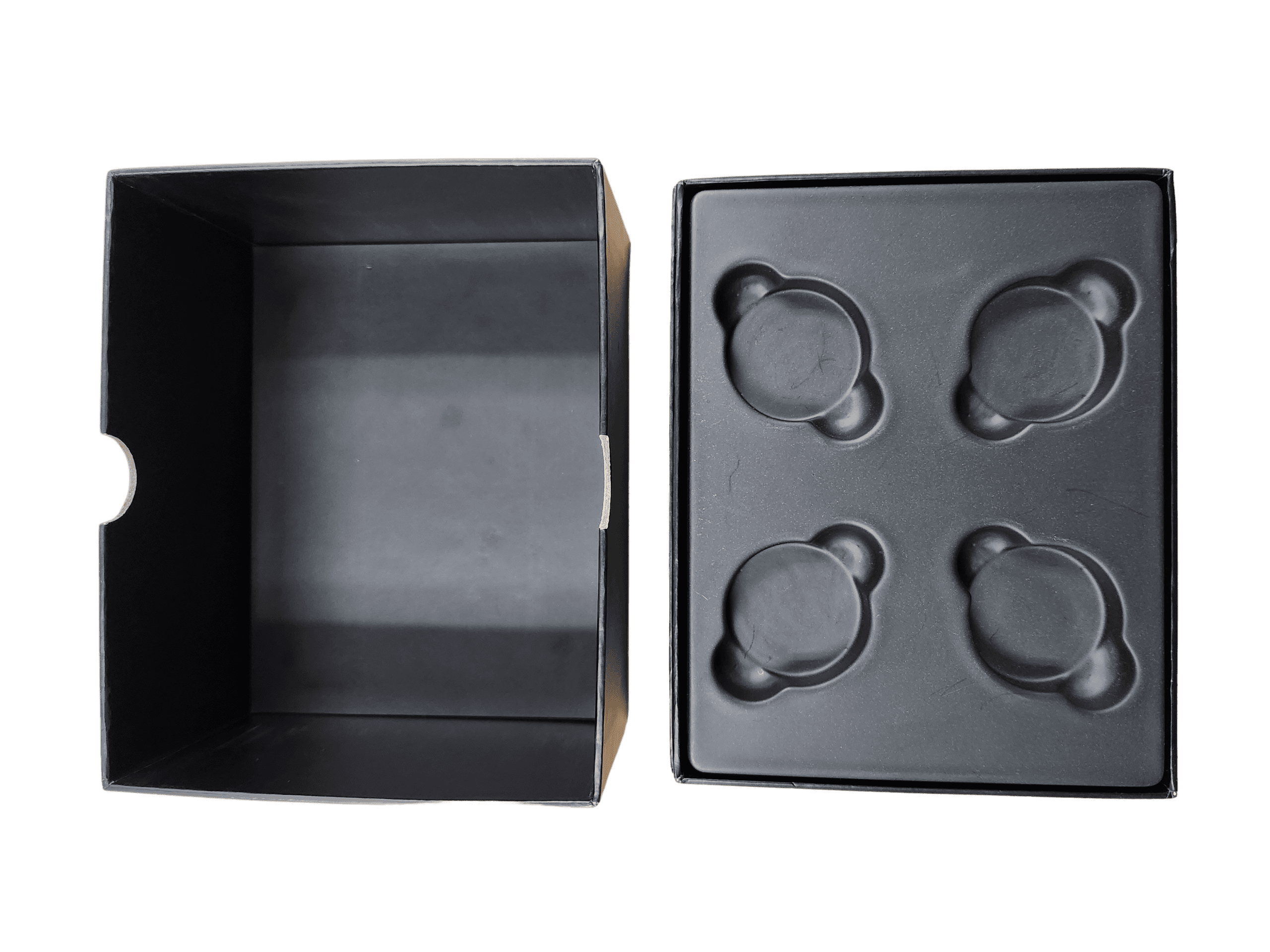Home » Packaging Guide to High Impact Polystyrene (HIPS)
Packaging Guide to High Impact Polystyrene (HIPS)

High Impact Polystyrene, commonly known as HIPS, is a versatile and widely used thermoplastic renowned for its unique blend of properties. This material is crucial in various industries, including consumer goods and packaging, due to its high-impact strength, rigidity, affordability, and ease of processing.
Essential Properties of HIPS
HIPS boasts several properties that make it an excellent choice for numerous applications:
- High Impact Strength: Provides durability and resistance to physical impacts.
- Rigidity: Maintains shape and structural integrity under stress.
- Chemical Resistance: Withstands exposure to many chemicals, oils, and greases.
- Biological Resistance: Resists degradation from biological factors like fungi and bacteria.
- Water Resistance: Impermeable qualities make it suitable for applications requiring moisture resistance.
- Fatigue Resistance: Capable of enduring repeated stress without losing its form, ideal for components like living hinges.
- Thermal Insulation: Offers significant insulation properties, beneficial in both industrial and consumer products.
- Electrical Insulation: Highly resistant to electricity, making it safe for use in electronic components.
- Affordability and Recyclability: Cost-effective and fully recyclable, supporting environmental sustainability.
Diverse Applications of HIPS
HIPS’s versatility allows its use across various sectors:
- Consumer Goods: Utilized in products requiring durability and impact resistance, such as toys, household appliances, and office supplies.
- Packaging Materials: Ideal for making clamshell containers, blister packs, and trays due to its moldability and cost-effectiveness.
- Automotive Industry: Used in components like interior trim parts, instrument panels, and exterior body parts due to its lightweight and sturdy nature.
- Construction Industry: Forms part of materials such as wall panels, ceiling tiles, and insulation boards, thanks to its insulation properties.
- Medical Industry: Common in the production of medical devices and packaging, valued for its chemical resistance and stability.
Manufacturing Process of HIPS
The production of HIPS involves several steps:
- Polymerization: Styrene monomers are polymerized using catalysts like benzoyl peroxide to form the HIPS polymer.
- Mixing: The polymer is blended with impact modifiers, stabilizers, and pigments to enhance its properties and appearance.
- Molding: HIPS can be shaped through extrusion or injection molding, allowing it to be formed into various products.
- Cooling and Finishing: Post-molding, HIPS is cooled and can undergo additional processing like trimming and polishing to achieve the desired quality.
Environmental Considerations
While HIPS is not biodegradable, it is recyclable. Recycling HIPS contributes to waste reduction and resource conservation, mitigating the environmental impact associated with plastic production.
Frequently Asked Questions About HIPS
- Is HIPS food safe? Yes, when certified, HIPS is safe for food contact applications.
- Difference between HIPS and ABS? ABS is generally more robust with better temperature resistance, but HIPS is more cost-effective.
- Can HIPS be painted or printed on? Yes, HIPS can be easily painted or printed on, provided the surface is properly prepared.
- Color options for HIPS? Available in a broad spectrum of colors, including custom shades to meet specific project requirements.
Conclusion
High Impact Polystyrene (HIPS) stands out as a valuable material in the realm of plastics due to its excellent properties and wide range of applications. From packaging and automotive parts to household items and medical devices, HIPS continues to be a preferred choice for manufacturers seeking a reliable, cost-effective, and versatile material. As the industry advances, the sustainability and recyclability of HIPS make it even more significant in our ongoing journey towards environmental consciousness.
For further details or inquiries about using HIPS for your packaging and manufacturing needs, please contact Brown Packaging. We are committed to delivering high-quality, sustainable packaging solutions tailored to your specifications.
With new tariff proposals and continued trade uncertainty, 2026 is shaping up to be another pivotal year for packaging sourcing strategy. Many companies that shifted
Following multiple rounds of tariff changes and trade policy adjustments, 2026 marks a turning point for U.S. packaging buyers. Many who previously transitioned from China
Shifting packaging production from China to the U.S. can help stabilize costs, reduce tariff exposure, and shorten lead times. But the transition process requires careful
RSC boxes are known for their efficiency and versatility, but their performance ultimately comes down to strength. Buyers often see numbers like ECT, BCT, and
In packaging, foam isn’t just about initial protection — it’s about maintaining performance over the entire shipping or storage cycle. Compression set and recovery characteristics
Pouches are a go-to for flexibility and convenience, but they can fail in critical ways—from poor seals to punctures and delamination—that hurt performance and brand
Home » Packaging Guide to High Impact Polystyrene (HIPS)

In the world of retail, theft and shoplifting pose significant challenges, costing businesses billions of dollars each year. While it may not be possible to

In today’s fast-paced world, protecting fragile and valuable items during transportation is of utmost importance. Whether it’s delicate electronics, intricate machinery, or even perishable goods,

High Impact Polystyrene, commonly known as HIPS, is a versatile and widely used thermoplastic renowned for its unique blend of properties. This material is crucial


